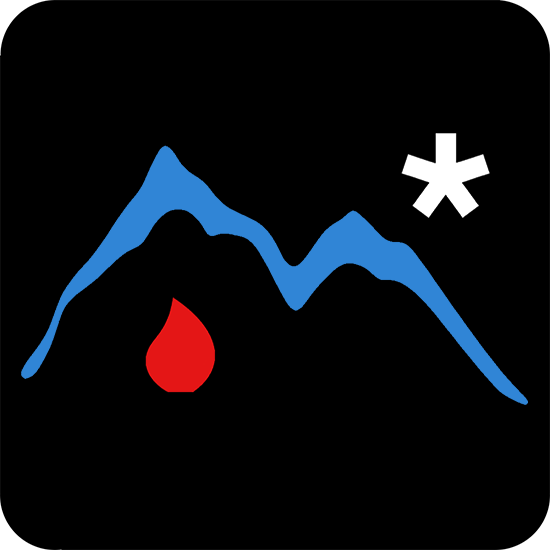Wildfire Incident Report
Prepared: Thursday, April 3, 2025 8:18:38 PM PDTWildfire Incident Report

Fire, Weather & Avalanche Center
La Grande, OR, USA
www.fireweatheravalanche.org
(1 year, 3 months ago)
(1 year, 7 months ago)



On the evening of August 24th, lightning passed through the Umpqua National Forest. Approximately a dozen fires were reported, five of which (Brice Creek, Dinner, Grizzly, Chilcoot, and Ridge) are currently being managed by Northwest Incident Management Team 6.
The Grizzly Fire is burning in steep and inaccessible terrain. It is taking significant efforts to clear vegetation along roads for firefighters to gain access to the fire.
Incident Commander Tyson Albrecht
Deputy Incident Commander- Adam Veale
Timber (Litter and Understory)
Closed timber litter
Fuels consist of timber litter. In mature stands, duff, snags and heavy loading of larger logs and down woody debris exists with areas of shrub and herbaceous fuels. Also, in mature stands, abundant moss land lichen fuels are present. In older second growth stands moss and lichen are also present, along with duff, needle litter and a moderate loading of 100hr and 1000hr fuels exists. Scattered shrub layer is also present in these stands. In younger second growth stands, fuels consist of needle litter with scattered jackpots of down woody debris. In these younger stands, moss and lichen fuels are lighter and more scattered and less abundant.
Minimal, smoldering, creeping.
Fire activity continues to be limited; however, warming and drying trend is slowly increasing fuel availability. Larger diameter fuels continue to consume along with low intensity ground fire in the duff and jackpots. Minimal perimeter growth observed.
12 hours: As the cloud cover burns off in the afternoon humidity will decrease to around 50
24 hours: As the marine influence gradually recedes, resulting in clearing skies with daytime temperatures increasing slightly as the humidity drops allowing for continued fire activity. Overnight there is a potential for a thermal belt to develop and allow some fire activity to continue in the affected areas. The heavier fuels and burning stump holes will continue to produce smoke until consumed or extinguished resulting in areas of smoldering and creeping. During the peak burn period there may be some active backing and flanking in interior green islands or dirty burn areas, particularly those areas exposed to the sun.
48 hours: Developing moderate high pressure increasing warmer temperatures and lower humidity. This will allow for hot dry conditions increasing the availability of fuels and fire activity. The heavier fuels and burning stump holes will continue to produce smoke until consumed or extinguished. There could be areas of smoldering and creeping. During the peak burn period there may be some active backing and flanking in interior green islands or dirty burn areas.
72 hours: The high pressure will provide warmer temperatures and lower humidity.
12 hours: Fire behavior is expected to be minimal. Creeping and smoldering in duff with isolated jackpots of concentrated heavy dead and downed fuels. No perimeter growth is anticipated.
24 hours: Seasonable warm and dry weather will continue and allow for interior fuels to continue to consume. Fire behavior will be creeping and smoldering in surface fuels while consuming jackpots of concentrated heavy dead and downed fuels. No perimeter growth anticipated.
48 hours: Continued warm and dry weather, fire behavior potential will be limited to areas of available fuels interior to established control features. No perimeter growth anticipated.
72 hours: Continued warm and dry weather, fire behavior potential will be limited to areas of available fuels interior to established control features. No perimeter growth is anticipated.
72 hours: ERC values for the area are forecast to rise near the 90th percentile by Friday. No perimeter growth growth is anticipated.
© 2025 Fire, Weather & Avalanche Center